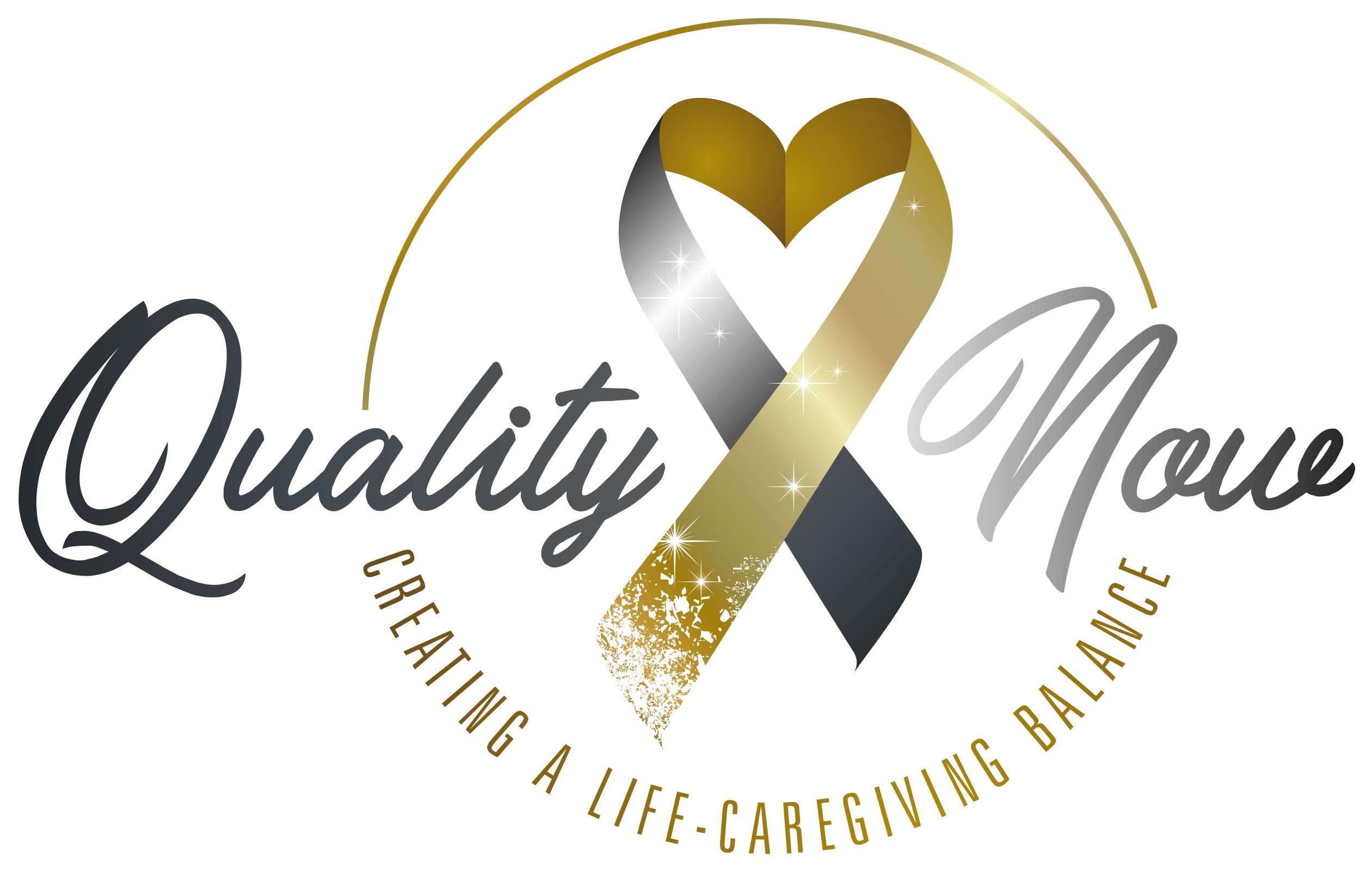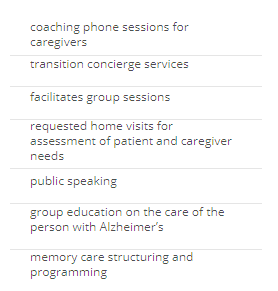
the disease of Alzheimer’s is described in easy to absorb terms that effect the elderly and ultimately the family caregivers.
WHAT IS IT:
The healthy brain contains billions of neurons, these are specialized cells that process and transmit messages from different parts of the brain and from the brain to our muscles and organs. The neurons have the ability to constantly maintain and repair themselves and are the major cell in the central nervous system. The inside of the neurons or cells are supported by structures called microtubules, which are hollow microscopic tubular structures that function similar to a conveyor belt to transport nutrients and molecules through the cell.
Essentially, Alzheimer’s disease effects the neurons by a buildup of two types of proteins. The buildups reach damaging levels. The first is called Amyloid, which is a protein found in the brain. Beta Amyloid is protein fragments that breaks away from the amyloid protein. In the healthy brain these fragments are broken down and eliminated. In the Alzheimer’s brain the fragments stick together to form Plagues, which resemble clumps of cells. These clumps or Plaques collect between the neurons or the cells that transmit brain impulses. The second protein responsible is called Tau protein. This is a buildup of protein with in the microtubules or the conveyor belts. This build up creates a straight tubular structure to be bent and tangled. In the healthy brain the Tau protein attaches to the microtubule and stabilizes it. In Alzheimer’s, the Tau detaches from the microtubules and creates a sticky thread of tangles.
Needless to say, the effects of these sticky, clumped proteins inhibit the normal transition of nerve impulses thus creating the lack of memory, lack of correct speech, lack of motor function and consequently the symptoms that are associated.
IMPACT:
According to the World Alzheimer Report 2018, published by the Alzheimer’s disease International, Alzheimer’s has now become Americas most feared disease. Alzheimer’s has killed more people then Breast Cancer and Prostrate Cancer combined. Someone in the world is diagnosed with Alzheimer’s every 3 seconds and every 65 seconds in the United States. These numbers will increase significantly over the next 10 years.
Why? As of today, there is no cure, treatment or prevention for Alzheimer’s. The good news is that there are numerous research studies happening globally that shed lights of hopefulness.




